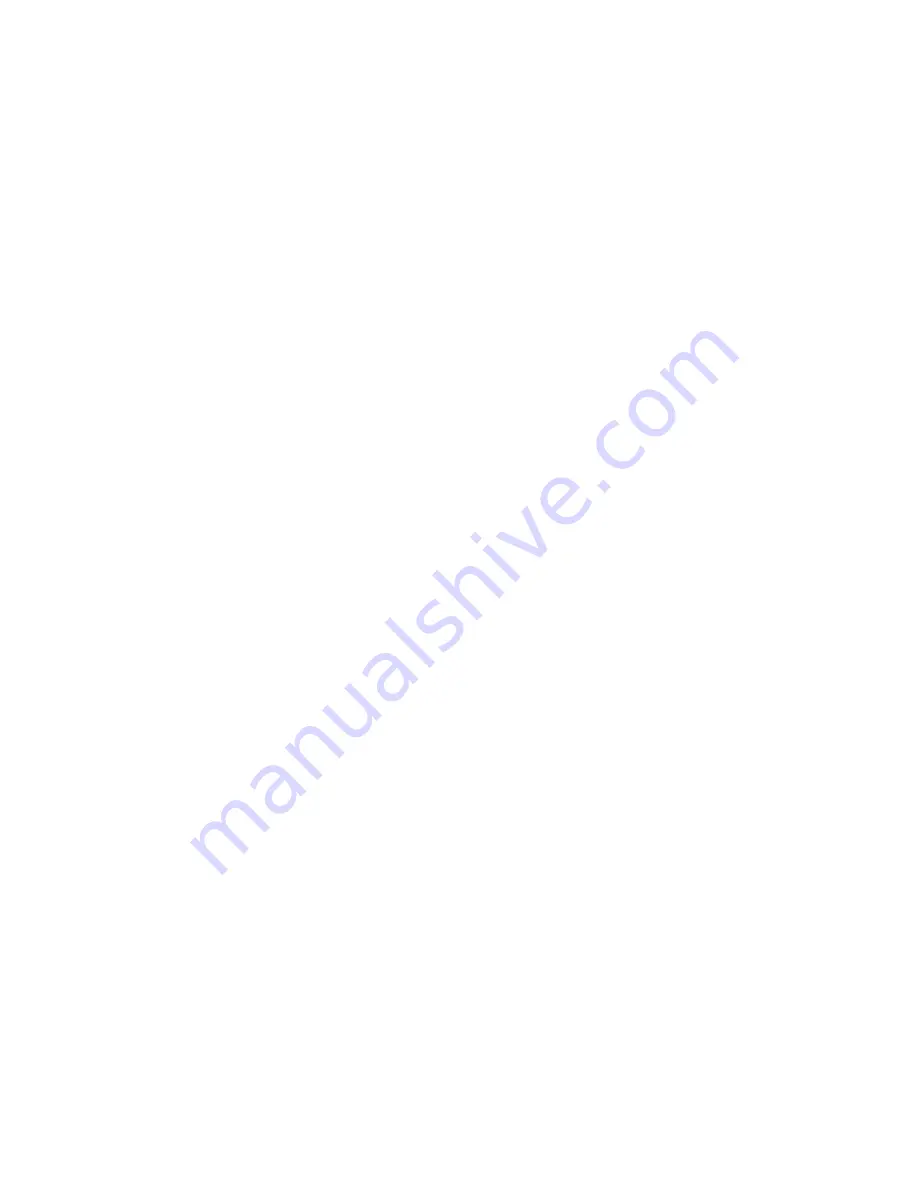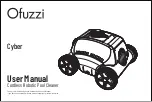
SUNSTAR RESIDENTIAL INSTALLATION MANUAL
14
COLLECTOR LAYOUT & PLUMBING
Collectors can be installed in a multitude of configurations and methods,
but systems should adhere to a few key rules for optimal performance.
1.
Systems that are pitched should be installed with the feed line(s) entering the collector bank(s)
on the lower manifold and the return lines exiting the banks(s) on the opposite, upper
manifold end. Systems that are on low slope roofs or otherwise “flat” surfaces may should
still ensure that the feed and return on are opposite manifold ends from each other.
2.
Systems should be plumbed in a reverse-return fashion whenever possible. This means
that the return to the pool occurs as high up and/or as far away from the feed as possible
to ensure even, full flow through the system. If reverse-return plumbing is not feasible it
is important to use balancing valves through the system to ensure balanced flow to all
collectors and avoid short-circuiting any point in the system.
3.
Systems should always have a means to drain down from the roof, preferably automatically
by gravity when the pump shuts off. For systems that cannot automatically drain a means of
manual drainage should be installed as required. Never create a situation where water can
be trapped in the system. Large diameter piping (2” and above) will drain even if perfectly
horizontal so there is no need to further slope horizontal piping runs.
4.
Vacuum relief valves should be installed on all systems to facilitate proper drainage.
Vacuum relief valves allow air into the system as water exits to equalize pressure with
the atmosphere. The valves may be placed on the supply line at least 6 ft. above the pool
equipment or near the top of the system at the collectors. Failure to install vacuum relief
valves can cause damage to due freezing water and/or collapsed piping.















































